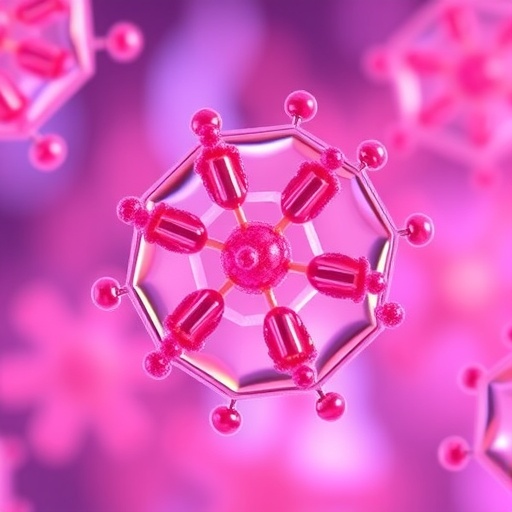For years, public health experts have warned against eating certain kinds of fish, including tuna, that tend to accumulate mercury. Still, tuna consumption provides more mercury to U.S. consumers than any other source. But recently, as industry cuts down on its mercury emissions, research has found mercury concentrations in some fish are dropping. The latest study, published in Environmental Science & Technology, reports that this is the case for prized Atlantic bluefin tuna.
Although global mercury emissions continue to rise due largely to increases in coal burning in Asia, emissions in North America between 1990 and 2007 went down 2.8 percent per year, according to published studies in 2010 and 2013. Over a similar period, mercury in north Atlantic waters dropped 4.3 percent annually. And between 2001 and 2009, mercury in the air above the north Atlantic declined by 20 percent, or about 2.5 percent per year.
To see whether the regional emissions reductions were having an effect on fish at the top of the ocean food chain, researchers from Stony Brook University, the University of Massachusetts and Harvard University collected and analyzed tissue samples from nearly 1,300 Atlantic bluefin tuna captured between 2004 and 2012. Tests for mercury content showed that over this eight-year period, the concentration in the fish dropped an average of 19 percent. The finding suggests that reductions in mercury emissions could rapidly lead to reduced mercury concentrations in some marine fish, the researchers say.
###
The researchers acknowledge funding from the National Science Foundation, the National Institute of Environmental Health Sciences, the Gordon and Betty Moore Foundation, the Gelfond Fund for Mercury Research, the New York State Energy Research and Development Authority, the National Oceanic and Atmospheric Administration, the Nature Conservancy and the Harvard University Center for the Environment.
The paper's abstract is available here: http://pubs.acs.org/doi/full/10.1021/acs.est.6b04328
The American Chemical Society is a nonprofit organization chartered by the U.S. Congress. With nearly 157,000 members, ACS is the world's largest scientific society and a global leader in providing access to chemistry-related research through its multiple databases, peer-reviewed journals and scientific conferences. Its main offices are in Washington, D.C., and Columbus, Ohio.
To automatically receive news releases from the American Chemical Society, contact [email protected].
Follow us: Twitter Facebook
Media Contact
Michael Bernstein
[email protected]
202-872-6042
@ACSpressroom
http://www.acs.org




